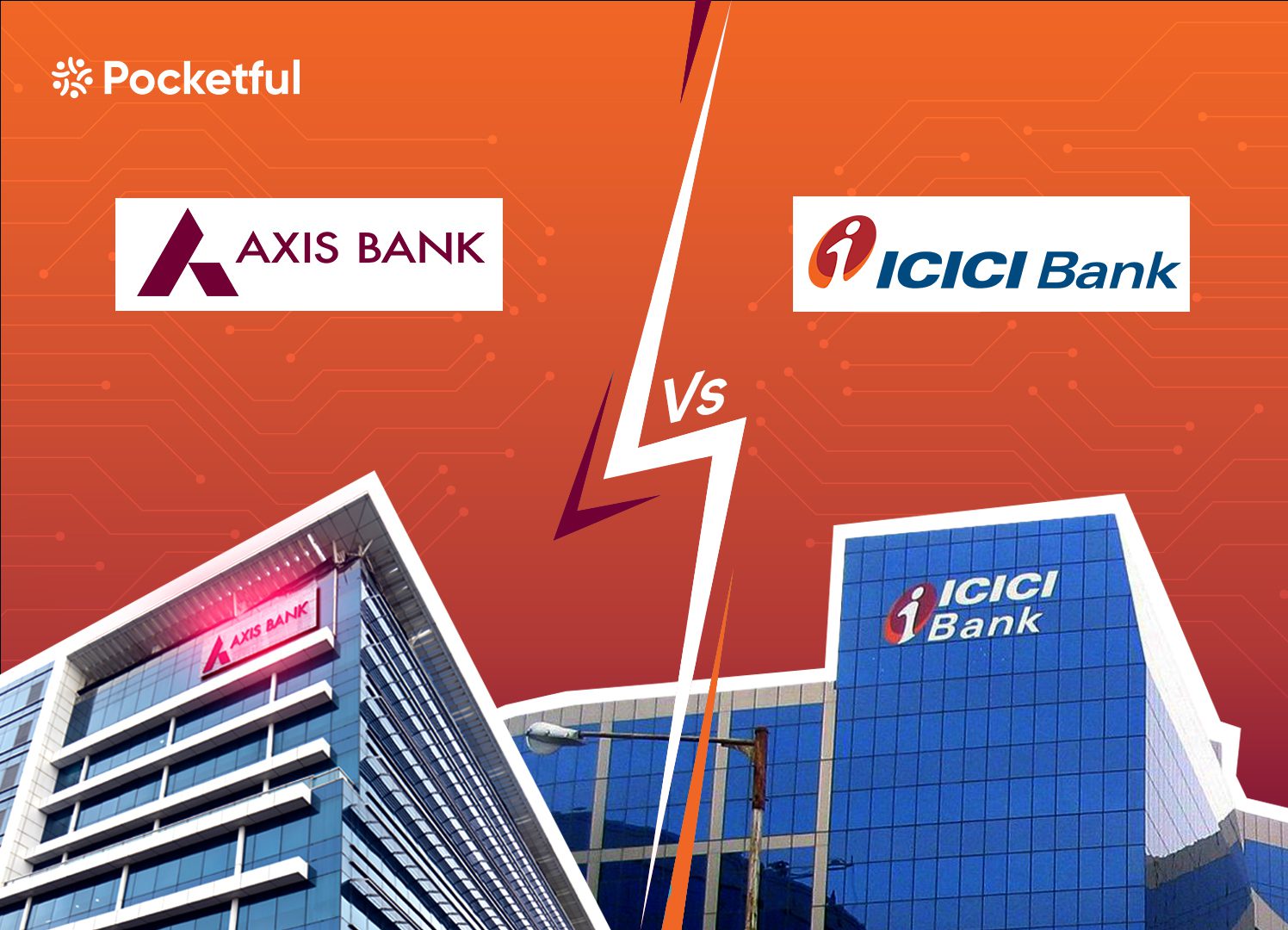| Type | Description | Contributor | Date |
|---|---|---|---|
| Post created | Pocketful Team | Feb-09-24 |
Read Next
- What Is Quick Commerce? Meaning & How It Works
- Urban Company Case Study: Business Model, Marketing Strategy & SWOT
- Rapido Case Study: Business Model, Marketing Strategy, Financial, and SWOT Analysis
- Trump Tariffs on India: Trade vs Russian Oil
- NTPC vs Power Grid: Business Model, Financials & Future Plans Compared
- Exxaro Tiles Vs Kajaria Tiles
- Adani Power Vs Adani Green – A Comprehensive Analysis
- Blinkit vs Zepto: Which is Better?
- UltraTech Vs Ambuja: Which is Better?
- Tata Technologies Vs TCS: Which is Better?
- Tata vs Reliance: India’s Top Business Giants Compared
- HCL Vs Infosys: Which is Better?
- Wipro Vs Infosys: Which is Better?
- Voltas vs Blue Star: Which is Better?
- SAIL Vs Tata Steel: Which is Better?
- JK Tyre Vs CEAT: Which is Better?
- Lenskart Case Study: History, Marketing Strategies, and SWOT Analysis
- Parle Case Study: Business Model, Marketing Strategy, and SWOT Analysis
- Tata Motors Vs Ashok Leyland: Which is Better?
- Apollo Tyres Ltd. vs Ceat Ltd. – Which is better?
- Blog
- axis bank vs icici bank analysis of private sector banks
Axis Bank vs ICICI Bank: Analysis of Private Sector Banks

I am sure that you all have heard about Axis bank vs ICICI bank, but have you ever thought which of these banks is doing better?
Prepare for a financial showdown as we dissect these two titans of the private banking sector. Uncover the strengths, weaknesses, and strategies shaping India’s banking landscape.
Axis Bank – An Overview
One of India’s top three banks, Axis Bank, was initially established as UTI Bank by a joint venture between the Life Insurance Corporation of India, the Government of India, and other business houses.
UTI Bank’s operations started in the year 1994 when it opened its first branch in Ahmedabad, Gujrat. By the mid of 2007, UTI bank was renamed to “Axis Bank” and Shikha Sharma was appointed as the MD and CEO. It soon became a well-established and recognised bank in the Indian Banking sector. This was a turning point in the history of Axis Bank because it became an aggressive player, and focused on branch expansion and innovation. Additionally, Axis Bank consistently made an effort to diversify its product portfolio.
At present, Axis Bank has a total of over 4,800 branches and 13,000 ATMs throughout India. The headquarters of Axis Bank is located in Mumbai. The bank is advancing to new heights with Mr Amitabh Chaudhary as its MD and CEO.
The bank now offers a variety of financial products, including credit cards, savings accounts, current accounts, brokerage facilities, and retail banking.
Read Also: HDFC Bank vs Axis Bank
ICICI Bank – An Overview

ICICI Banks stands for Industrial Credit and Investment Corporation of India and is regarded as India’s second-largest private sector bank. Through a joint venture with other industrial houses, the World Bank and the government of India initiated the establishment of ICICI in 1955 as a part of their initiative to accelerate the economy’s industrial growth by providing them with long and medium-term growth.
In October 2001, the directors of ICICI and ICICI Bank approved the merger of its subsidiary businesses such as ICICI Personal Finance Limited, and ICICI Capital Services Limited with ICICI Bank. The directors of ICICI and ICICI Bank granted their approval for the merger of their subsidiary businesses, such as ICICI Personal Finance Limited, and ICICI Capital Services Limited into ICICI Bank in October 2001. In 2002, the merger proposal was completed and sanctioned by the RBI. Subsequently, all the branches of ICICI were merged into one entity referred to as ICICI Bank.
At present, ICICI bank has more than 5,500 branches across India, as well as more than 13,200 ATMs.
ICICI became the first Indian company and Asian bank other than Japanese Banks to be listed on the New York Stock Exchange (NYSE). ICICI Bank is currently under Mr. Sandeep Bakshi’s guidance.
Read Also: ICICI Vs HDFC Bank
Axis Bank vs ICICI Bank Comparative Analysis
Before deciding which private bank is best for you, we will provide you with a comparison between Axis and ICICI Bank.
Market Capitalization
Axis Bank – 3,28,352 Crores (As of 7th Feb 2024)
ICICI Bank – 7,15,780 Crores (As of 7th Feb 2024)
From the figures above we can say that ICICI Bank has a higher market capitalization than Axis Bank.
These two players dominate the Bank nifty index as ICICI Bank has a weightage of 24.45% and Axis Bank has a weightage of 10.05%.
Share Price
Axis Bank – 1063 (As of 7th Feb 2024)
ICICI Bank – 1019 (As of 7th Feb 2024)
Axis Bank vs ICICI Bank Financial Statement Analysis
Before we move on, let’s start by looking at the financial statements of Axis Bank and ICICI Bank in a comparative manner.
- Total Income – Axis Bank’s total income was Rs 35,136 crores, while ICICI Bank’s total income is about Rs. 59,479 crores, showcasing a year-on-year growth rate of around 27% for both companies.
- Net Profit – The net profit of Axis Bank is Rs. 6,493 crores, while ICICI Bank has a net profit of around 11,255 crores, depicting a YoY growth rate of -23.4% and 33.64% respectively.
- Total Assets – The total assets of Axis Bank are worth approximately Rs. 1,344,417 crores, while the total assets of ICICI Bank are valued at approximately Rs. 19,58,490 crores while having a YoY growth rate of 12.45% and 11.74% respectively.
- Total Deposits – Axis Bank holds around 9,45,824 crores in deposits, while ICICI Bank holds Rs.12,10,832 crores. The YoY growth rate stood at 15.2% and 11%.
- Net NPA – The Net NPA of Axis Bank was 0.39% in FY23 from 0.73% in FY22, whereas the Net NPA of ICICI Bank was 0.51% in FY23 from 0.81% in FY22.
(The above mentioned figures are as of March 2023)
Key Ratios

Now that we have compared financial statements, we can move on to the key ratios of both Axis Bank and ICICI Bank.
- TTM PE Ratio – PE ratio refers to the price-to-earning ratio of a company, which tells whether the company stock is overvalued or undervalued. In terms of Trailing Twelve Months (TTM) PE ratio, Axis Bank has a PE ratio of 24.46, whereas ICICI Bank has a PE ratio of 16.88.
- CASA (Current Account and Savings Account) – CASA refers to the ratio of the total amount deposited by the customer into their savings and current accounts compared to the total amount deposited in the bank. Axis Bank had a CASA ratio of 47.12% in FY23 and 44.96% in FY22, and ICICI Bank had a CASA ratio of 45.47% in FY23 and 48.60% in FY22. Current and savings accounts constitute a substantial portion of both ICICI and Axis Bank’s total deposits. This indicates that the banks are able to get access to cheaper sources of funds. But, while Axis bank managed to increase its CASA ratio, ICICI’s ratio decreased.
- Net Interest Margin – The Net Interest Margin (NIM) is the distinction between the income generated by banks from interest earned and interest payout to deposit providers.
- Operating Profit Margin –The operating profit margin is determined by dividing the bank’s operating profit by its operating earnings. If the operating profit margin is higher, the bank is better able to manage its operations. Axis Bank has a negative operating profit margin of -8.98%, while ICICI Bank has a negative operating profit margin of -25.31%.
(The above mentioned ratios are as of March 2023)
Did you know?
NPA stands for non-performing assets, which are loans and advances given by banks to customers whose repayment is overdue by more than 90 days.
Read Also: Blinkit vs Zepto: Which is Better?
Conclusion
Although ICICI Bank has a higher net interest margin than Axis Bank, the operating profit margin of ICICI Bank is less than Axis Bank. However, these are not the sole factors that one should consider before investing in these banks. Despite the strong branch network and fundamentals of these banks, it is important to consider your risk appetite and investment horizon before making any investment decision.
| S.NO. | Check Out These Interesting Posts You Might Enjoy! |
|---|---|
| 1 | SBI vs ICICI Bank |
| 2 | PNB vs Bank of Baroda |
| 3 | Bank of Baroda vs SBI |
| 4 | Bank of Baroda vs Canara Bank |
| 5 | PNB vs SBI |
FAQs
What is the full form of ICICI?
ICICI stands for Industrial Credit and Investment Corporation of India.
Which bank has a higher market capitalization?
ICICI Bank has a higher market capitalization.
Axis Bank or ICICI Bank: Which is better for a savings account?
Both banks offer similar interest rates and services, but ICICI Bank has a larger branch network, while Axis Bank provides additional perks like cashback and rewards. Choose based on your need for accessibility or added benefits.
Is it true that ICICI is an Indian Bank?
Yes, ICICI is an Indian Bank.
Who is the current MD and CEO of ICICI Bank?
Mr Sandeep Bakshi is the current MD and CEO of ICICI Bank.
Which bank has the most branches: ICICI or Axis Bank?
ICICI Bank has more branches as compared to Axis with around 5,500 branches across India.
Disclaimer
The securities, funds, and strategies discussed in this blog are provided for informational purposes only. They do not represent endorsements or recommendations. Investors should conduct their own research and seek professional advice before making any investment decisions.
Article History
Table of Contents
Toggle